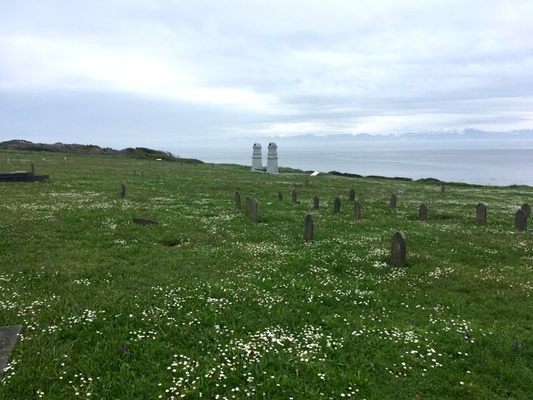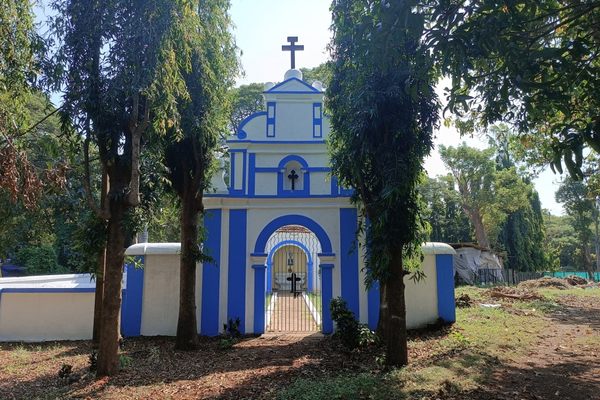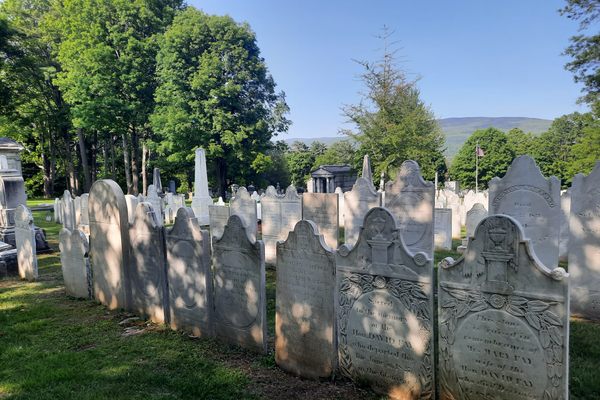About
On a gently sloping point with sweeping views of the Olympic Peninsula and the Pacific Ocean, a ceremonial altar stands watch over the simply marked graves of hundreds of Chinese immigrants.
Harling Point cemetery is the resting place for some of Canada's earliest Chinese immigrants, who arrived in the mid-to-late 19th century. Many worked as laborers, building roads, clearing land, working in mines and canneries, and constructing railways. During the construction of the railway from 1880 to 1885, some 7,000 Chinese workers came to British Columbia.
Approximately 400 people are buried in the cemetery, with the unmarked remains of an additional 900 people located in 13 mass graves. Many were returned for reburial on their home soil, but during the mid-20th century the Second World War and Maoist revolution made it difficult to transport remains back to China.
The history of the cemetery is a chronicle of the harsh discrimination faced by Chinese people during this period. Though their work was indispensable to the development of the area and the railroads, Chinese workers were paid lower wages than their white counterparts. Once construction of the Canadian Pacific Railway was completed, the Canadian government put policies in place to prevent further immigration from China. When discriminatory policies barred Chinese immigrants from burying their dead in local cemeteries, the Chinese Consolidated Benevolent Association in Victoria carved out a place of their own.
The collective purchased the land at Harling Point in 1903, selecting the 3.5-acre property in accordance with the principles of feng shui. At last, the community's dead could be buried with dignity and in a manner that aligned with their cultural traditions. The cemetery included a building locally known as “the bone house,” which served as a way station for remains that would eventually be sent back to China. According to the Old Cemeteries Society of Canada, the bones remained in storage in Victoria until 1961, when they were interred in the 13 mass graves on the site.
After years of neglect, the cemetery was declared a National Historic Site in 1994 and restored. Its caretakers have also created a protected area for the rare native wildflowers that grow along the cemetery's fringes.
Related Tags
Know Before You Go
The Chinese Cemetery is in a residential area, so parking is likely to be limited. It's an easy walk from Gonzales Beach and lies along the #3 bus route.
Published
May 7, 2020


































